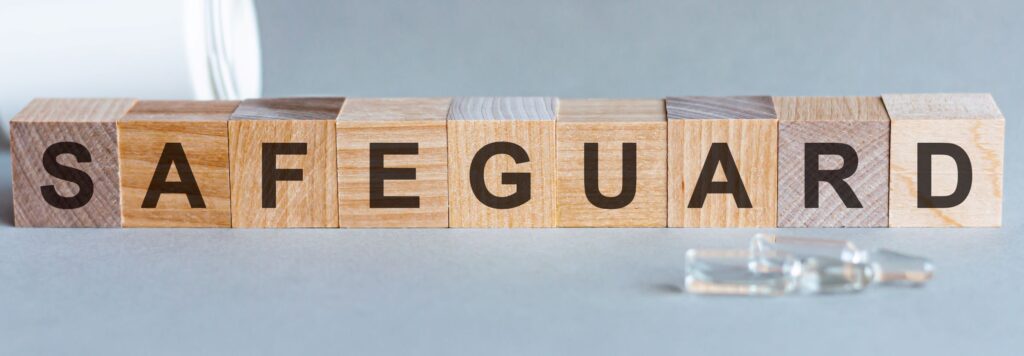
Opening up about something distressing takes a lot of strength and bravery from a child. If a child has decided to open up to you and make a Safeguarding disclosure, this shows a lot of trust. As a teacher you must take any Safeguarding disclosure seriously, alert the appropriate member of staff and make a plan on how best to support that child.
Sadly, a Safeguarding disclosure can go unheard and it is not uncommon for a teacher to not bat an eyelid. Disclosures have been known to be played down or dismissed entirely and this is such a saddening thought.
So how can teachers ensure that a Safeguarding disclosure doesn’t fall on deaf ears? Often, a child may start talking about something light hearted that makes them feel safe, before divulging other information. Some children can be very hesitant and distant and need a lot of reassurance. Once a child starts to give up more information, your actions in dealing with this are just as important as the reassurance and encouragement.
Making a safeguarding disclosure through body language
Some children may find making a disclosure near enough impossible to vocalise. By changing your body language could make the child feel more relaxed and open up a bit more. Give them your full focus and attention. Encourage and reassure them that they are doing the right thing. Fill them with confidence that you are the right person for them to talk to.
A disclosure needs space
Once the child begins to talk, give them the space to do so. Do not try and interrupt. Resist the urge to fill silence with questions as this could lead the discussion down a different route. Do not make assumptions. Once the child has finished disclosing, feed back to them to make sure you fully understand their situation. Make sure the child knows you have taken this seriously and they have done the right thing in coming to you.
A silent safeguarding disclosure
In some cases a child may not feel able to come to you with a disclosure. Keep an eye out for tell tale signs like age-inappropriate language, poor attendance or unexplained bruising. It can be very hard to differentiate these signs and poor behaviour. As a teacher, you should always check in with your pupils even if you think they are just badly behaved. That one question from you, asking if everything is all right, could be the push a child may need to open up.
If you feel you could benefit from a safeguarding refresher then please give our safeguarding refresher video a go. It’s only a 10 minute to video and you get a certificate at the end! http://www.tickeducation.co.uk/online-training
